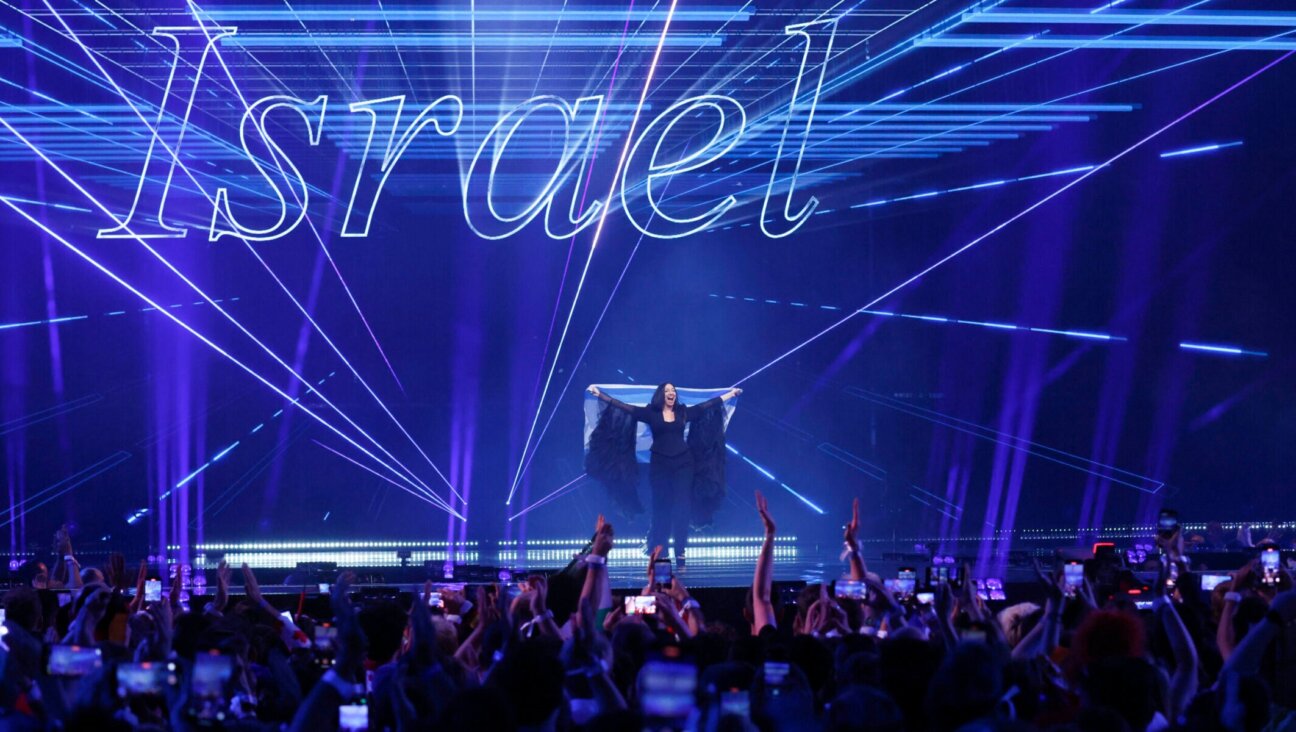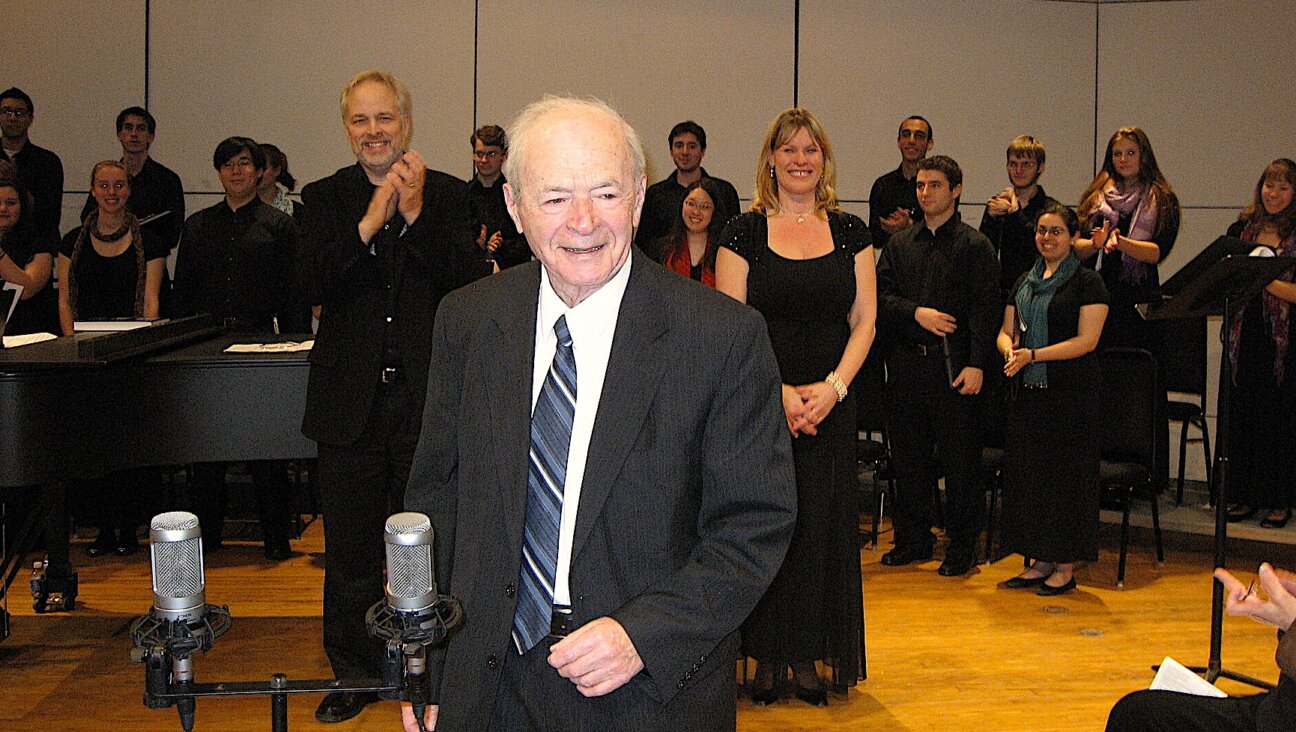As Sun Drops on Western Wall, Pondering the Difference Change Could Make

Image by jane eisner
Jane Eisner’s special report, A Day at the Kotel, is running in three parts, ending today. Each piece focuses on a different time of day at the Western Wall, and the implications for the battle over the future of Judaism’s holiest site.
By early evening, a summer breeze is making its way across the Kotel plaza, tempering the waning June heat.
A gathering of Israeli soldiers in green fatigues and dusty boots stands at attention and listens to an officer. They have just finished a training course for their combat engineering unit, and are getting a small emblem to prove it.
All day long I’ve been thinking about how the physical structure of the Kotel shapes the different ways men and women pray. For men, prayer is a communal exercise, especially on a Thursday, when the Torah is read. A man’s voice is continually heard chanting the morning, afternoon or evening service. While there is definitely room for private prayer — and on the men’s side, there is a lot more room — it is mostly a joint effort, relational. Men study together, or pray in a minyan.
But women aren’t allowed to do that. Women only can pray individually, independently. And so they crowd against the wall, pressing their faces into the smooth stones, rubbing their foreheads on the hard surface, beseeching, lips moving quietly, hips swaying back and forth. There is plenty of raw emotion on display: I saw one young woman weep into the stones, another cling to them as if they were a life raft.

Women seem reluctant to leave the space, and walk backwards as they exit the Kotel as if they are in the presence of a king. My husband says that the men turn around and leave far more quickly.
I understand now why the Women of the Wall are so threatening to the existing Haredi hegemony when they try to pray at the Kotel at the beginning of every month. They threaten not simply by donning a prayer shawl, but by making the statement that they wish to pray with others, that their devotional pleas count even more if said together. There’s no together in the women’s section now. I understand, too, why the Sharansky plan is so threatening, because it would present another model of Jewish prayer to challenge the current norm.
The sun is dropping, elongating the shadows and turning the stones creamy and soft in appearance. As I hear the amplified sound of a man singing off-key from his section of the Kotel, I wonder how much more beautiful prayer might be if led by a woman with a fine voice. Would she stir the ancient stones?
Unless the Israeli government can truly make the Kotel a place for all Jews, we’ll never know.
Contact Jane Eisner at [email protected] or follow her on Twitter @Jane_Eisner

















